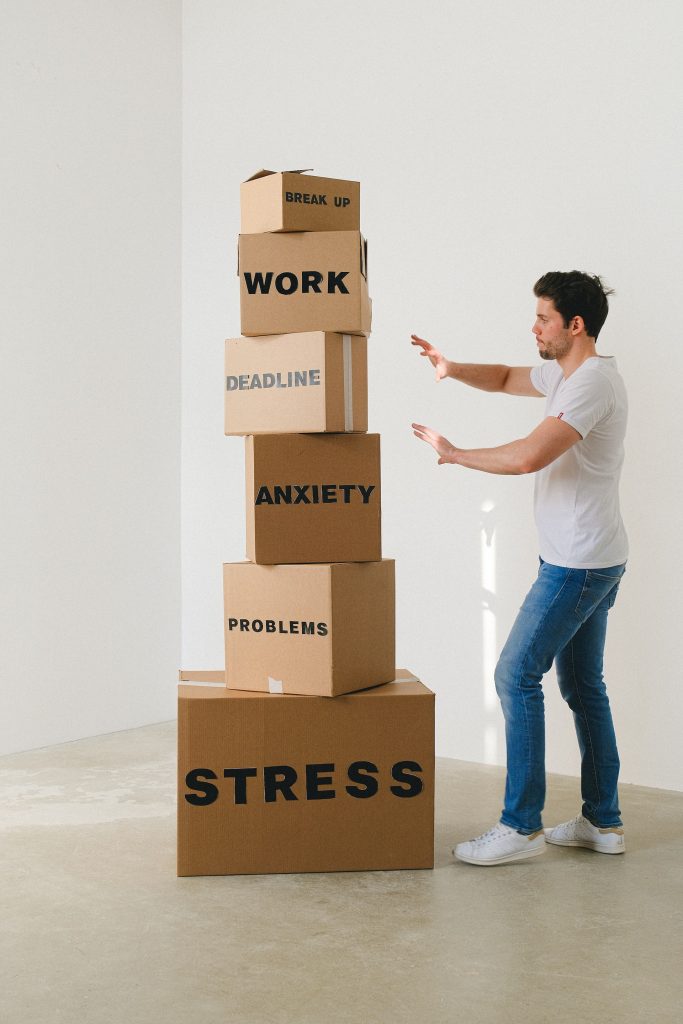The Art of Decision Making and Problem Solving: Navigating Life’s Challenges with Confidence
The Art of Decision Making and Problem Solving
Life is a series of decisions and challenges, and our ability to make sound choices and solve problems effectively greatly influences our success and happiness. Decision making and problem solving are essential skills that we constantly use to navigate through various situations, whether in our personal or professional lives. In this article, we will delve into the intricacies of decision making and problem solving, exploring their significance, underlying processes, and techniques that empower individuals to make informed choices and overcome obstacles with confidence.
1.Understanding Decision Making:
Decision making is the cognitive process of choosing between various alternatives to achieve a specific goal or outcome. It involves assessing information, considering possible consequences, and arriving at the best course of action. The quality of decisions impacts our lives and the lives of those around us, making it crucial to develop effective decision-making skills.
2.The Importance of Decision Making:
a. Personal Life: From choosing a life partner to making financial investments or deciding on career paths, our personal lives are shaped by the decisions we make.
b. Professional Success: In the workplace, decision making affects productivity, teamwork, and overall success. Effective leaders are adept at making timely and well-informed choices.
c. Relationships: Decision making plays a significant role in maintaining healthy relationships, as communication and compromise often revolve around making joint decisions.

3.The Decision-Making Process:
a. Define the Problem: Clearly identify the issue or challenge at hand, as the first step towards effective decision making is understanding what needs to be addressed.
b. Gather Information: Collect relevant data and insights to evaluate the situation objectively and make informed choices.
c. Analyze Alternatives: Brainstorm potential solutions, weigh their pros and cons, and consider the possible outcomes of each option.
d. Make the Decision: Based on the analysis, choose the most suitable alternative that aligns with your goals and values.
e. Implement the Decision: Put the chosen solution into action and monitor its progress.
f. Evaluate the Decision: Assess the results of the decision and learn from the experience to improve future decision-making processes.

4.Types of Decision-Making:
a. Rational Decision Making: Based on logic and data analysis, rational decision making aims to maximize benefits while minimizing risks.
b. Intuitive Decision Making: Intuition relies on gut feelings and past experiences, allowing for quick decisions when time is limited.
c. Emotional Decision Making: Emotions can heavily influence decisions, which may not always lead to the best outcomes. Managing emotions is crucial in this process.
5.Problem Solving:
Problem solving is the process of finding solutions to complex or challenging situations. It is closely linked to decision making but often requires more analytical thinking and creativity. Effective problem solvers can identify root causes, devise innovative solutions, and implement them efficiently.
6.The Problem-Solving Process:
a. Define the Problem: Clearly articulate the issue and the desired outcome.
b. Analyze the Problem: Understand the root causes and factors contributing to the problem.
c. Generate Solutions: Brainstorm multiple solutions, even unconventional ones, to address the issue.
d. Evaluate Solutions: Assess each solution’s feasibility, effectiveness, and potential consequences.
e. Choose and Implement: Select the most promising solution and put it into action.
f. Monitor and Adjust: Continuously assess the implemented solution’s effectiveness and make adjustments if necessary.

7.Decision-Making and Problem-Solving Techniques:
a. SWOT Analysis: A strategic planning tool that assesses Strengths, Weaknesses, Opportunities, and Threats to make informed decisions.
b. Cost-Benefit Analysis: Evaluating the benefits and costs associated with each option to identify the most advantageous choice.
c. The Six Thinking Hats: A method developed by Edward de Bono that encourages looking at a problem from six different perspectives (emotional, logical, creative, etc.) to gain insights.
d. Root Cause Analysis: A technique to identify the underlying causes of a problem to prevent its recurrence.

8.Overcoming Decision-Making and Problem-Solving Challenges:
a. Fear of Failure: Fear of failure is a pervasive emotional apprehension that paralyzes individuals from pursuing their goals or taking risks. Rooted in the dread of disappointing oneself or others, it stifles growth and stifles personal development. This anxiety often leads to avoidance of challenges, settling for mediocrity, and missed opportunities.
The fear amplifies negative self-perception, erodes self-confidence, and perpetuates a cycle of self-doubt. To overcome this fear, one must embrace failure as an essential aspect of learning and growth. By reframing failure as a stepping stone to success and accepting its inevitability, individuals can break free from its grip and embrace life’s challenges more boldly.
b. Decision Fatigue: Decision fatigue refers to the mental exhaustion experienced when making numerous choices over time. As individuals face an array of decisions, from mundane to critical, their cognitive resources deplete, leading to impaired judgment and decision-making. This phenomenon can result in avoidance of decisions, hasty choices, or falling back on default options.
Decision fatigue can have adverse effects on productivity, self-control, and overall well-being. To mitigate its impact, individuals can prioritize and delegate decisions, establish routines for repetitive choices, and take regular breaks to recharge their mental faculties, allowing for more effective and confident decision-making.
c. Confirmation Bias: Confirmation bias is a cognitive bias where individuals tend to favor and seek out information that confirms their preexisting beliefs, opinions, or hypotheses while disregarding or downplaying contradictory evidence. This selective processing reinforces one’s existing beliefs and can lead to distorted perceptions of reality.
It can hinder critical thinking, hinder the search for objective truth, and fuel echo chambers in which individuals surround themselves with like-minded views. To counter confirmation bias, individuals should consciously expose themselves to diverse perspectives, remain open to new information, and practice introspection to recognize and challenge their own biases.

d. Analysis Paralysis: Analysis paralysis, also known as overthinking or decision paralysis, occurs when individuals are overwhelmed by excessive information or choices, hindering their ability to make decisions or take action. They become stuck in a cycle of endless analysis, fearing the consequences of making the wrong choice. This can lead to missed opportunities, delayed progress, and increased stress.
To overcome analysis paralysis, one must set clear goals, prioritize information, establish decision criteria, and set deadlines for making choices. Embracing a willingness to accept imperfection and learning from failures can also help break free from this mental trap and facilitate more effective decision-making.
Decision making and problem solving are foundational skills that enable individuals to navigate the complexities of life with confidence and clarity. By understanding the processes involved, honing analytical and creative thinking, and employing various techniques, we can make well-informed choices and overcome challenges effectively. Embrace decision making and problem solving as opportunities for growth, learning, and continuous improvement. With practice and a willingness to embrace new perspectives, we can transform challenges into opportunities and lead fulfilling lives built on sound decision making and effective problem-solving skills.
Mastering the Art of Effective Communication: Enhancing Your Communication Skills






One Comment